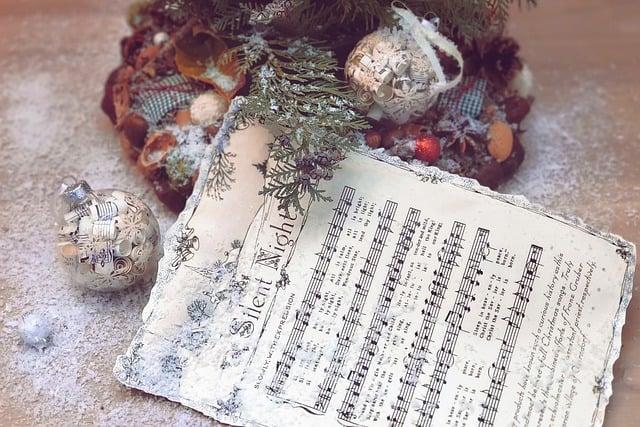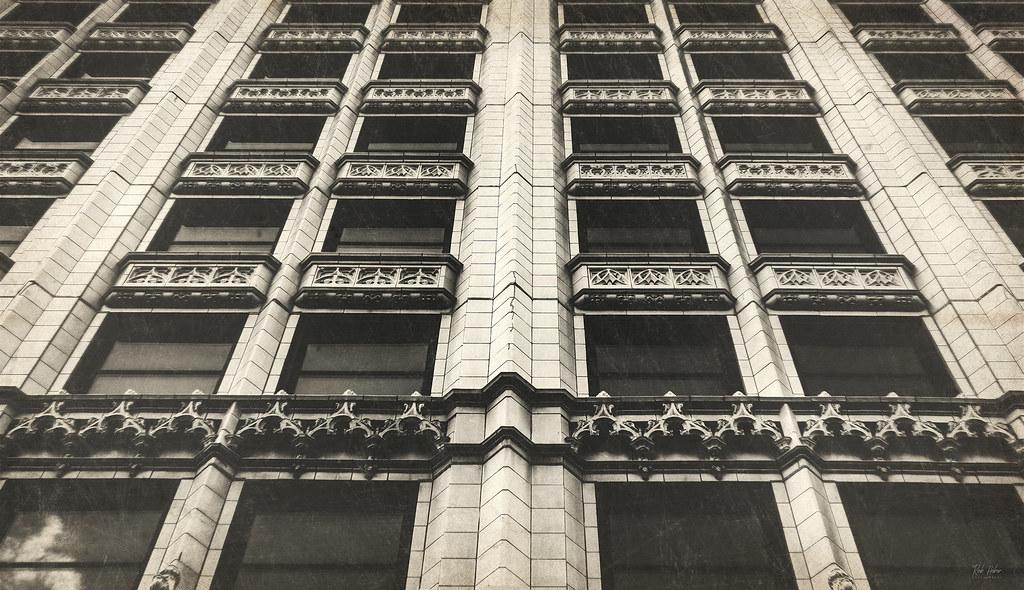In the ever-evolving landscape of interior design, the fusion of vintage decor within modern homes has emerged as a captivating aesthetic choice. This intriguing blend of old and new not only challenges conventional design paradigms but also raises the question of its longevity: is this stylistic marriage a fleeting trend or a timeless evolution? As homeowners increasingly seek to infuse character and history into their contemporary spaces, vintage elements offer a unique juxtaposition to the sleek minimalism that has dominated modern design. This article delves into the factors driving the resurgence of vintage decor, examining its impact on the modern home and assessing whether this eclectic style is a transient fad or a lasting fixture in the design world. Through an analytical lens, we will explore consumer motivations, market trends, and cultural influences that contribute to the enduring appeal of vintage aesthetics, providing a comprehensive understanding of its place in today’s homes.
Understanding the Appeal of Vintage Decor in Contemporary Interiors
Incorporating vintage decor into contemporary interiors offers a unique charm that transcends fleeting trends. The juxtaposition of old-world elements with modern design creates a space that feels both timeless and fresh. Vintage pieces tell stories and bring a sense of history into a home, offering depth and character that mass-produced items often lack. They allow homeowners to express individuality and creativity, making their living spaces truly unique. The appeal lies not only in the aesthetic but also in the sustainability factor, as reusing and repurposing older items is an environmentally conscious choice.
- Timeless Aesthetics: Vintage items often possess a classic appeal that can seamlessly integrate into modern settings.
- Personalization: Each piece can be a conversation starter, adding a layer of personalization to your decor.
- Sustainability: Choosing vintage supports eco-friendly practices by reducing waste and promoting reuse.
Moreover, vintage decor offers an opportunity for creativity in curation and styling. Homeowners can mix and match various eras, creating eclectic interiors that defy conventional design norms. This approach can break the monotony of uniformity in modern homes, where sleek and minimal designs dominate. The tactile and visual richness of vintage items, from ornate mirrors to mid-century furniture, brings warmth and personality to spaces, making them more inviting and lived-in.

Analyzing the Longevity of Vintage Aesthetics in Modern Living Spaces
In an era where design trends come and go at the speed of a smartphone swipe, the enduring allure of vintage aesthetics in modern homes raises an intriguing question about its longevity. While some might argue that this style is a fleeting fascination, the evidence suggests a more profound and lasting impact. Vintage decor offers a tactile and visual richness that modern minimalist designs often lack. By incorporating elements such as mid-century furniture, retro color palettes, and antique accessories, homeowners are not just decorating spaces; they are curating experiences that evoke nostalgia and comfort.
- Timeless Appeal: Unlike transient trends, vintage elements possess a timeless charm that appeals across generations.
- Sustainability Factor: With an increasing emphasis on sustainable living, the use of vintage pieces reduces the need for new manufacturing, aligning with eco-friendly practices.
- Personal Expression: Vintage decor allows for unique personal expression, offering a canvas where individual stories and histories can be woven into the fabric of everyday life.
These characteristics suggest that the integration of vintage aesthetics is not merely a trend but a deliberate choice rooted in deeper cultural and environmental consciousness. As we continue to seek authenticity and sustainability in our living spaces, the vintage allure seems poised to transcend the label of a passing trend, establishing itself as a staple in modern interior design.
Integrating Vintage Elements with Modern Design Principles
Blending the charm of vintage elements with the sleek lines of modern design offers a refreshing take on interior aesthetics. This fusion creates a unique visual narrative that speaks to both nostalgia and innovation. Vintage decor is characterized by its rich textures, timeless patterns, and historical significance, which can be beautifully juxtaposed with the clean and minimalistic aspects of contemporary design. By thoughtfully integrating these elements, one can achieve a balanced ambiance that resonates with personal style and sophistication.
- Contrast and Complement: Use vintage furniture pieces like a distressed wooden table against a backdrop of modern, neutral-colored walls to create a striking contrast.
- Layering Textures: Incorporate plush vintage rugs or tapestries to add warmth and depth to sleek, minimalist spaces.
- Accent with Accessories: Vintage lighting fixtures or retro artwork can serve as focal points in a modern setting, adding character and interest.
By employing these strategies, homeowners can cultivate spaces that are not only visually appealing but also deeply personal and engaging. This harmonious blend allows for creative expression, ensuring that the incorporation of vintage elements is more than just a fleeting trend, but rather a timeless design choice.
Expert Recommendations for Balancing Vintage and Modern Decor
Integrating vintage and modern decor is an art that requires a strategic approach to achieve harmony in your living spaces. Experts suggest starting with a neutral color palette as a foundation. This allows vintage pieces to stand out as focal points without overwhelming the room. Consider these practical tips:
- Layer Textures: Combine different materials like velvet, leather, and wood to add depth and character.
- Focus on Balance: For every vintage piece, incorporate a modern element to maintain visual equilibrium.
- Choose Statement Pieces: Select a few standout vintage items that reflect your personality and blend them with contemporary furnishings.
- Mix Patterns Thoughtfully: Use patterns sparingly to avoid visual clutter, ensuring that both vintage and modern elements complement each other.
Experts also advise homeowners to be mindful of scale and proportion. A large vintage armoire might overpower a small room, while a sleek, modern lamp can provide the perfect contrast without dominating the space. By maintaining a balance, you can create a timeless aesthetic that feels curated rather than cluttered.



